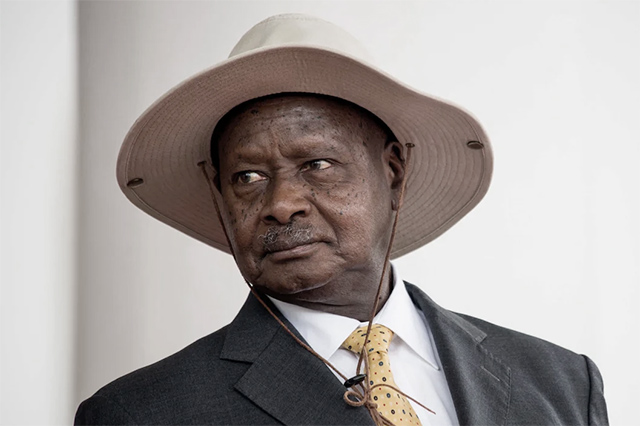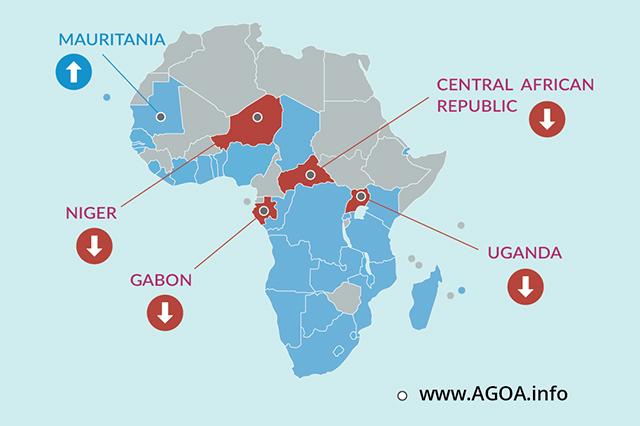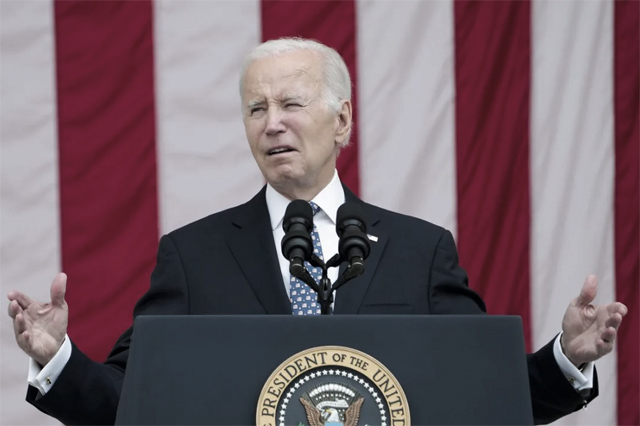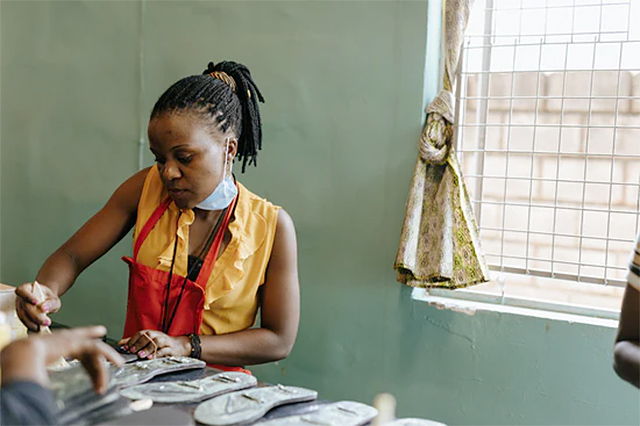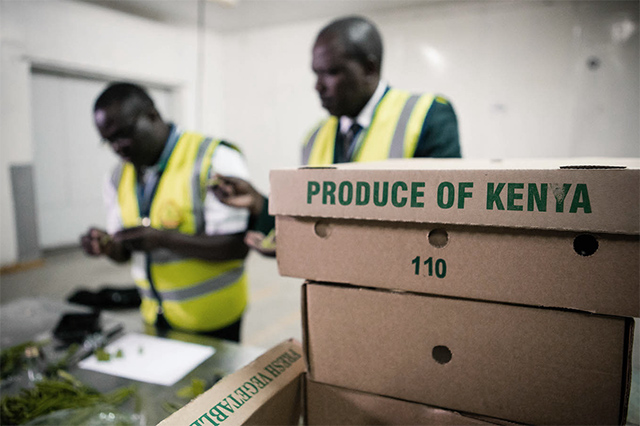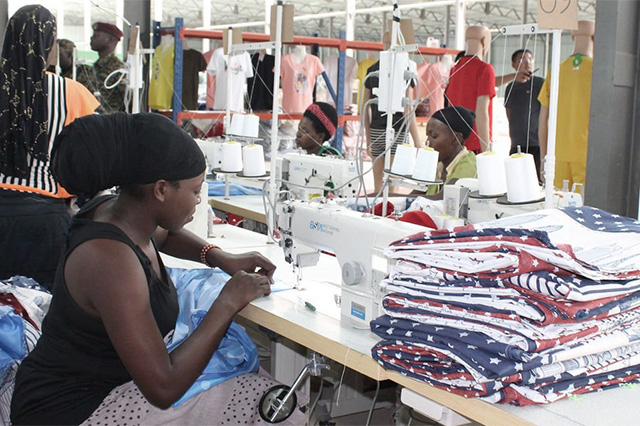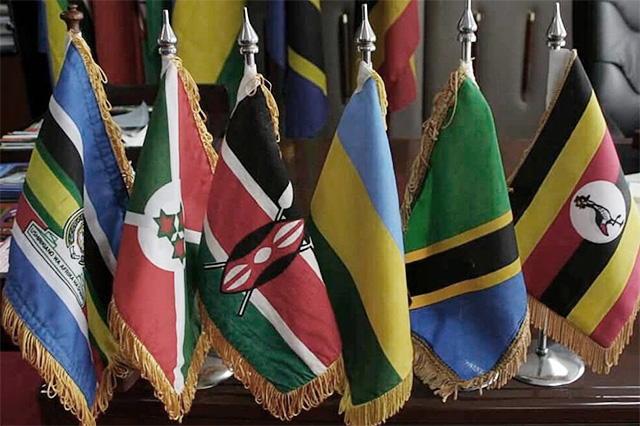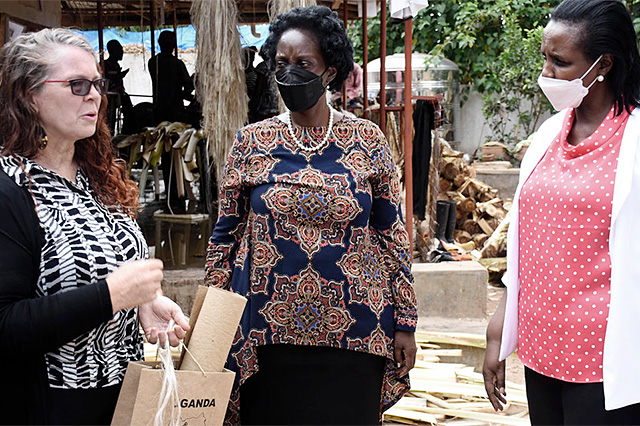Uganda crafts strategy to maximise potential of its apparel sector
Uganda is crafting a new strategy to revamp its cotton, textiles and apparel sector as part of efforts to tap into the booming global textiles and apparels market.
The plans dovetail with similar efforts to refocus the under-exploited opportunity presented by the US-sponsored African Growth Opportunity Act (Agoa) where Uganda's earnings have been modest.
Although Agoa represents a huge opportunity for Uganda, its prospects in the past have been hampered by a number of policy and market issues. Exports have been dominated by low volume products such as handicrafts and interior décor.
While her neighbours such as Ethiopia and Kenya have on average earned between $221.5 million and $436.5 million annually from Agoa exports during the decade to 2017, Uganda's fortunes have been more muted. Average annual earnings under the scheme averaged just $56 million over the same period with CTA exports contributing zero to those numbers.
According to figures shared by Msingi East Africa during a recent Uganda CTA strategy development meeting organised by the National Planning Authority, the global apparel manufacturing market was worth $785.9 billion in 2018. But Uganda CTA earnings totalled just $22 million of that with the European Union being the main destination of Uganda's product. Lint dominated and only 12 per cent of the 37,000 tonnes of cotton lint that Uganda produced during the 2017/18 season was consumed locally.
Uganda is known for growing the best cotton in sub-Saharan Africa but production has struggled from a high of 470,000 bales in 1969 to 208,662 bales the Cotton Development Organisation CDO, says were produced during the 2017/18 season.
Now, the government has identified CTA as a priority sector for development given its high potential for value addition, foreign investment and job creation. The cotton, apparel and textile sector ranks high among priorities under the third edition of the National Development Plan that is scheduled for launch later this year. Over the coming months, a comprehensive sector development strategy for the cotton value chain will be developed.
According to Mr. Andy Salm of Bradan Consulting Services, a consultancy tapped by Msingi East Africa to help Uganda craft the sector strategy, changes in the global textiles and apparels trade present significant opportunities. For instance rising labour costs in China have forced it to change focus from exporting apparels to textiles instead. This has made fashion brands and retailers to begin considering new sources for apparel.
Also, major retailers increasingly want exporters who offer a factory-to-shop floor service that takes care of manufacture, shipping and customs procedures.
With the right mix of investment and training, Uganda with its huge labour pool could increase exports by importing fabric even before it reorganises domestic cotton production.
According to Andres Saldias, a US based CTA consultant also helping with the strategy development, Indonesia with no cotton employs about three million people in the CTA sector, and uses imported fabric from China, Vietnam and Turkey. In El Salvador, the textiles and apparel sector accounts for 67 per cent of its GDP.
He says with the right policies and incentives, investors would be interested in a simultaneous approach that taps into immediate market opportunities at the top and domestic value chain development at the bottom. He gives the example of Ethiopia which, by offering competitive investor terms and labour, succeeded in attracting significant FDI into her CTA sector.
To tap into these opportunities, Uganda will need to scale up competence-based training as opposed to technical schools instruction, in order to supply the skilled manpower required by the CTA industry. It will also have to address constraints like the high cost of finance that has locked local SMEs out of the sector.
For instance, the two vertical CTA manufacturers in Uganda only spin medium yarn counts. To improve prospects, Uganda could attract investment in, not only more looms, but also the capacity to spin finer yarn counts.
Msingi East Africa, a not-for-profit organisation that supports economic sectors with high potential to drive large-scale growth, chose the CTA sector because of its potential to add value at each production stage.
Ms Diana Mulili, the Business Development Director and Msingi EA lead on the Uganda CTA strategy development, said for example that while exporting one kilogramme of lint would earn $1.4, converting it into yarn would take that value to $3. Exporting the same kilogramme as fabric would take the value to $5 while garments would earn between eight and 10 dollars.
The global textile market is projected to grow at 5 per cent annually through 2021 while apparel retail will grow at 5.3 per cent over the same period.
Also, while Agoa is currently under-exploited, buyers are beginning to understand the advantages of East Africa's value chain while the trade war between the US and China has made buyers more disposed to exploring new sources.
Msingi East Africa is optimistic that Uganda's CTA goals are achievable because with a quarter a million growers and surplus ginning capacity, Uganda is capable of producing 185,000 tons of lint annually. A power generation surplus has delivered a $0.05 kilowatt-hour industrial tariff, and an abundance of educated workers would resolve the manpower challenge.
Garments and apparels rank high in the national strategy. The recapitalisation of the Uganda Development Bank is expected to lower the cost of credit. This will facilitate the development of industrial hubs that support other industries. Changes to the tax code will also create special windows for intermediate goods that are imported as raw materials.
During the stakeholders meetings in Kampala, the NPA deputy director, Dr Asuman Guloba, said that the agency could coordinate all the other government departments and specialised agencies to develop a realistic strategy that could unlock the huge potential residing in the CTA sector. He thanked Msingi for its support in the project.





